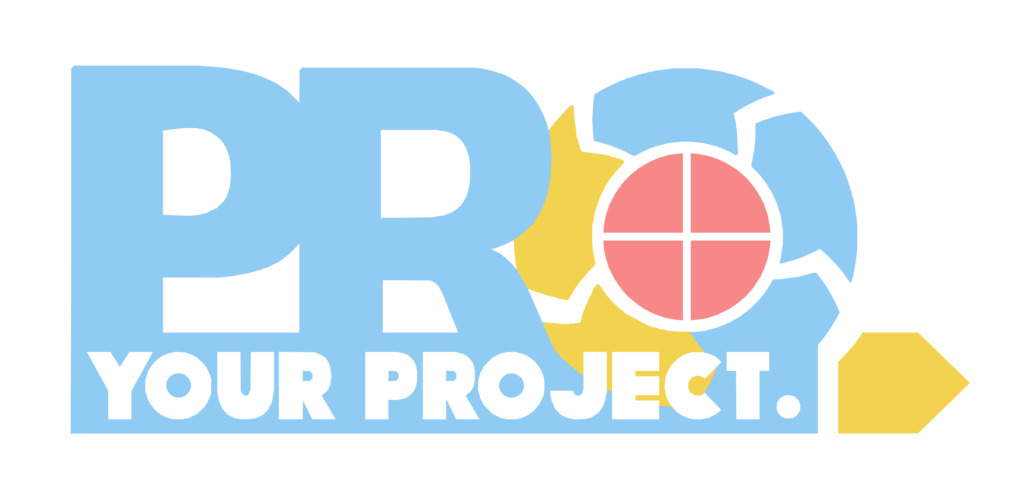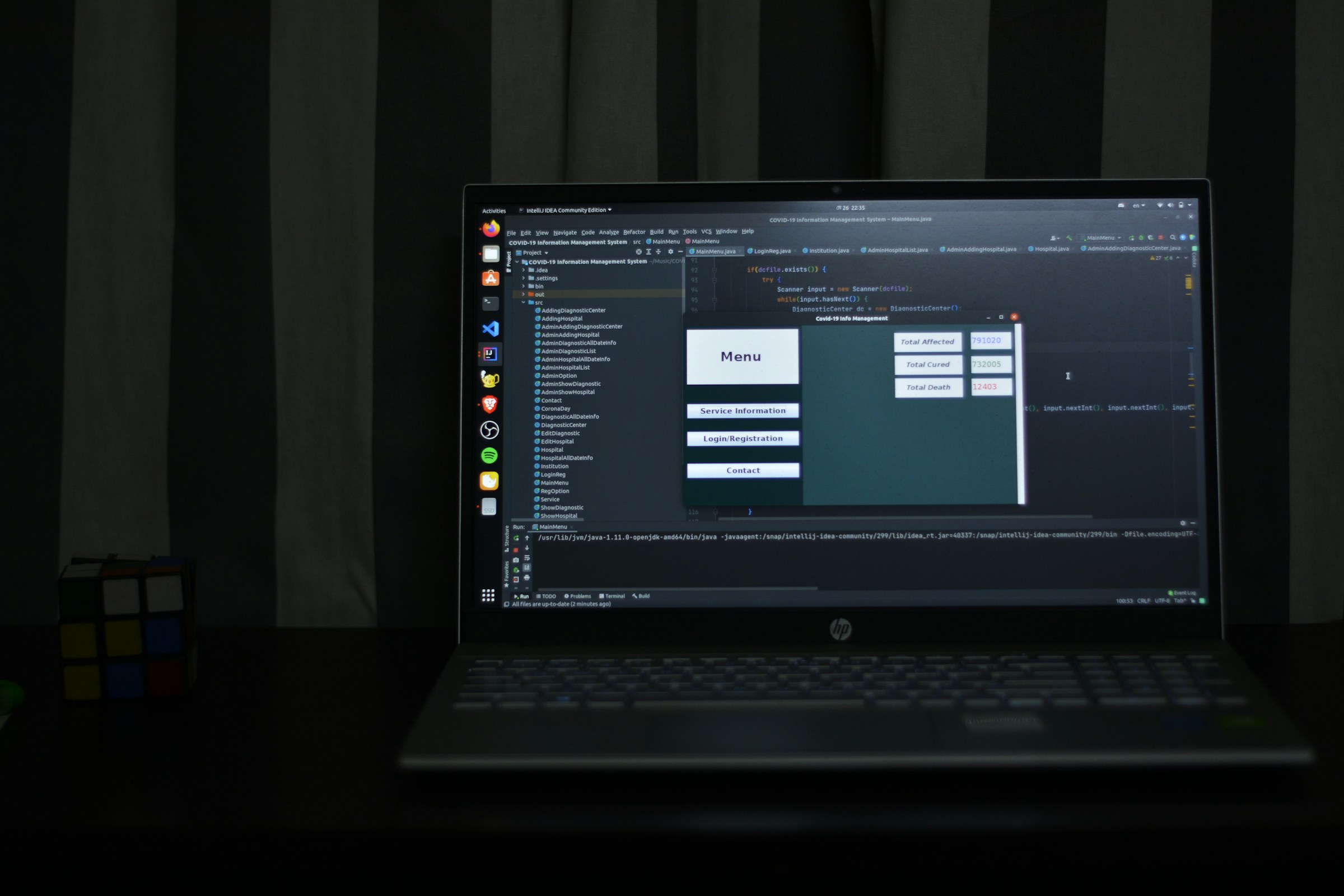Overview
The project lifecycle refers to the sequence of phases that a project goes through from start to finish. These phases help organize and manage the work needed to achieve the project’s goals.
Initiation Phase
The Initiation Phase is where a project begins. Here, the project’s purpose, goals, and feasibility are established. Key activities include:
- Defining the project scope and objectives.
- Identifying stakeholders and their expectations.
- Conducting a feasibility study or a cost-benefit analysis.
- Creating the Project Charter, which formally authorizes the project.
The goal of this phase is to get approval to move forward with the project.
Planning Phase
Once the project is approved, it moves into the Planning Phase. This is where the detailed roadmap for achieving the project’s objectives is developed. Key activities include:
- Developing a detailed project plan, including the scope, schedule, and budget.
- Creating a Work Breakdown Structure (WBS), which breaks down the project into manageable tasks.
- Identifying risks and planning how to mitigate them.
- Assigning resources and responsibilities to team members.
A well-crafted plan is essential for guiding the project through to successful completion.
Execution Phase
The Execution Phase is where the project plan is put into action. During this phase:
- The project team carries out the tasks as outlined in the project plan.
- Resources are allocated and utilized to complete project activities.
- Progress is monitored to ensure the project stays on track.
Communication is key in this phase to keep everyone aligned and informed.
Monitoring & Controlling Phase
Throughout the project, the Monitoring and Controlling Phase runs concurrently with execution. Here:
- Project performance is tracked against the plan.
- Adjustments are made as needed to address issues or changes.
- Quality is controlled to ensure the deliverables meet the required standards.
This phase ensures that the project stays on course and within scope, time, and budget constraints.
Closure Phase
Finally, in the Closure Phase, the project is formally closed. Key activities include:
- Delivering the final product or service to the client or stakeholder.
- Conducting a post-project review to identify lessons learned.
- Releasing project resources and formally closing all project accounts.
Proper closure is crucial to ensure that the project’s outcomes are documented and that any remaining issues are addressed.
Photo by Fahim Muntashir on Unsplash


0 responses to “Essential Phases of the Project Lifecycle”